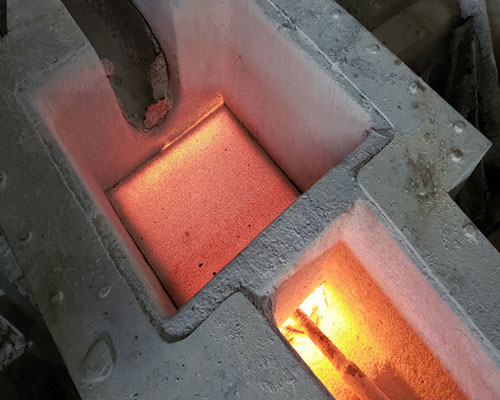The purification of aluminum alloy melt is the prerequisite for obtaining high-quality castings. Due to the inhalation and oxidation of raw materials and during the smelting, transfer, and casting process, the aluminum alloy liquid is easily polluted by dissolved hydrogen, non-metallic inclusions, and more tritium alkaline or alkaline earth metals, making the cast castings prone to pinholes, inclusions and other defects, and cause greater damage to the mechanical properties, corrosion resistance, airtightness, anodic oxidation performance and appearance quality of the castings. Therefore, it must be refined and purified before casting to remove air and impurities to improve the purity of the alloy liquid. According to the refining mechanism, there are many refining methods of aluminum alloy liquid, which can be divided into two categories: the adsorption method and the non-adsorption method.
Refining Methods of Aluminum Alloy
The adsorption refining method relies on the adsorption effect of the refining agent to achieve the purpose of removing oxidation inclusions and gases. The refining effect only occurs on the adsorption interface and cannot affect all the molten aluminum, and the effect is limited. Specifically, it is divided into two types: floating method and filtration method.
The principle of the floatation method is to pass inert gas into the molten aluminum to produce a large number of bubbles. Since the partial pressure of hydrogen in the bubbles is zero, the hydrogen will continue to diffuse into the bubbles by virtue of the difference between the partial pressures of hydrogen in the molten aluminum and the bubbles float up and escape the liquid surface. At the same time, due to the difference in wettability, the inclusions in the aluminum liquid can be adsorbed on the bubbles, and then float up and eliminated, so as to achieve the purpose of removing hydrogen and removing inclusions.

The filtration method uses molten aluminum filters made of various materials to purify molten aluminum, which can significantly improve the quality of castings. The aluminum alloy filter device is always immersed in the aluminum liquid, and the temperature is kept higher than the pouring temperature. The aluminum liquid will not be cooled or condensed during the entire filtering process, and it is suitable for continuous casting. After filtering, various non-metallic inclusions are eliminated, the immunity to gas is enhanced, and the quality of molten aluminum is improved.

